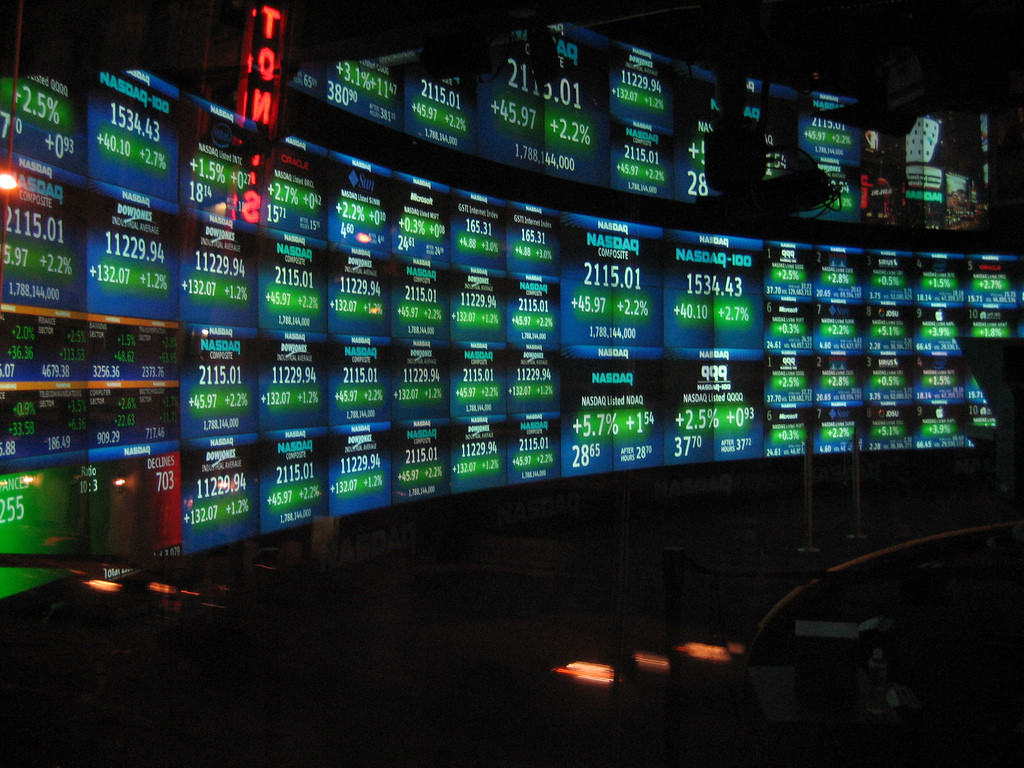Why don’t the media run more good stock market news? One view is bad news sells. If people preferred good news, the media would supply it. But stock markets don’t see news as necessarily good or bad, rather in terms of what is already built into prices.
One academic study appears to confirm the view that the apparent preponderance of bad stock market news is as much due to demand as to supply, with participants more likely to select negative content regardless of their stated preferences for upbeat stock market news.1
“This preference for negative and/or strategic information may be subconscious,” the authors conclude. “That is, we may find ourselves selecting negative and/or strategic stories even as we state that we would like other types of information.”
So an innate and unrecognized demand among consumers for bad stock market news tends to encourage attention-seeking commercial media to supply more of what the public appears to want, thus fueling a self-generating cycle.
Insofar as consumers of stock market news are investors, though, the danger can come when the emotions generated by bad stock market news prompt them to make changes to their portfolios, unaware that the stock market news is likely already built into market prices.
This is especially the case when the notions of “good or bad” are turned upside down on financial markets. For example, stocks and Treasuries rallied and the US dollar weakened in early October after a weaker-than-expected US jobs report. Some observers said the “bad news” on jobs was “good news” for interest rates.2
Conversely, a month later, stocks ended mixed, bonds weakened, and the US dollar rallied after a stronger-than-expected payrolls number. While an improving job market is good news, it was also seen by some as cementing the case for the Federal Reserve to begin raising interest rates. In both cases, the important thing for markets was not whether the report was good or bad but how it compared to the expectations already reflected in prices. As news is always breaking somewhere, expectations are always changing.
For the individual investor seeking to make portfolio decisions based on stock market news, this presents a real challenge. First, to profit from news you need to be ahead of the market. Second, you have to anticipate how the market will react. This does not sound like a particularly reliable investment strategy.
Luckily, there is another less scattergun approach. It involves working with the market and accepting that stock market news is quickly built into prices. Those prices, which are forever changing, reflect the collective views of all market participants and reveal information about expected returns. So instead of trying to second-guess the market by predicting news, investors can use the information already reflected in prices to build diverse portfolios based on the dimensions that drive higher expected returns.
As citizens and media consumers we are all entitled to our individual opinions on whether stock market news is good or bad. As investors, though, we can trust market prices to assimilate news instantaneously and work from there.
In a sense, the work and the worrying are already done for us. This leaves us to work alongside a Johns Island Investment Advisor to build globally diverse portfolios designed around our own circumstances, risk appetites, and long-term goals.
There’s no need to respond to stock market news, good or bad.
1. Marc Trussler and Stuart Soroka, “Consumer Demand for Cynical and Negative News Frames,” International Journal of Press/Politics (2014).
2. Mark Hulbert, “How Bad News on Wall Street Can Be Good News,” WSJ MarketWatch (October 5, 2015).
3. Author: Jim Parker, Vice President, Dimensional Fund Advisors with some edits by Coastal Wealth Advisors, LLC. Original article here.
Evidence-based portfolio design.
Just a click away.

